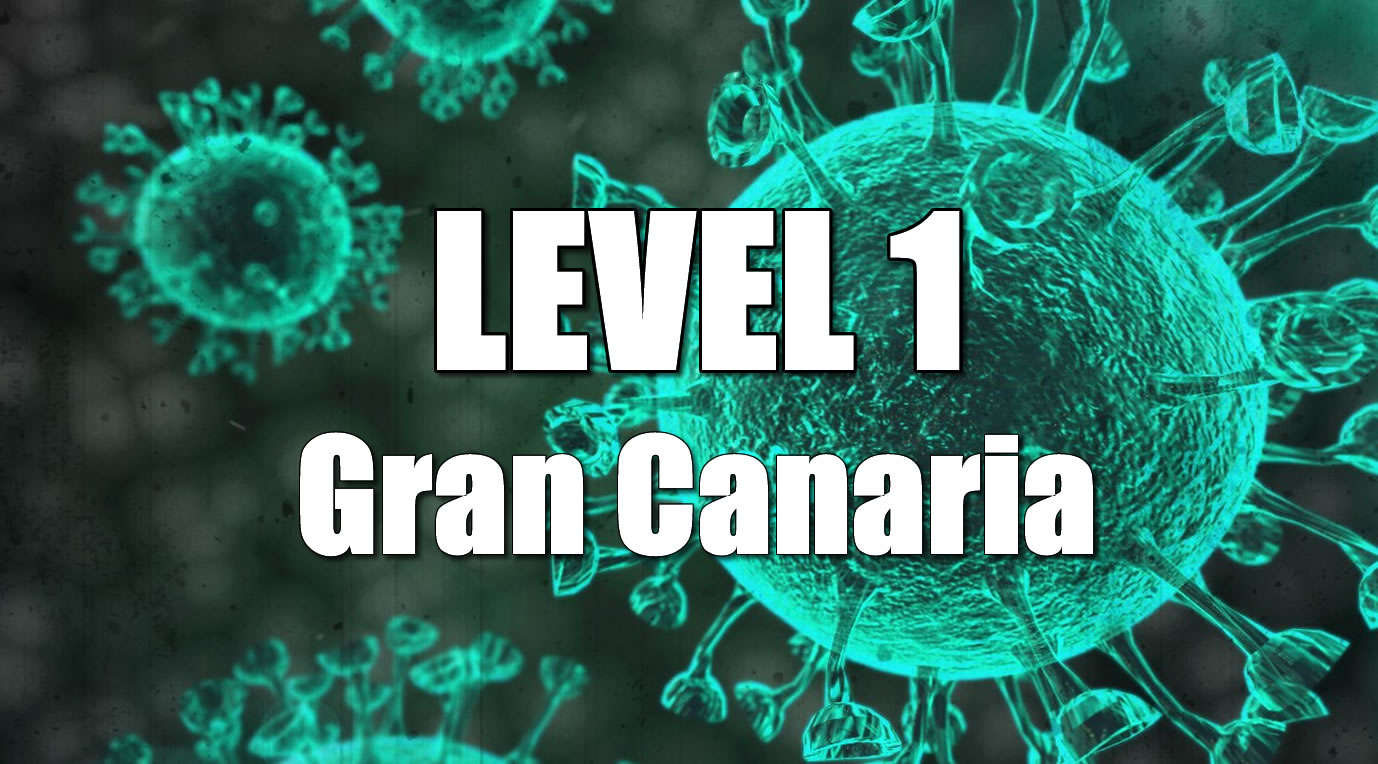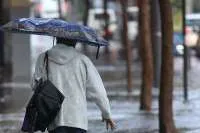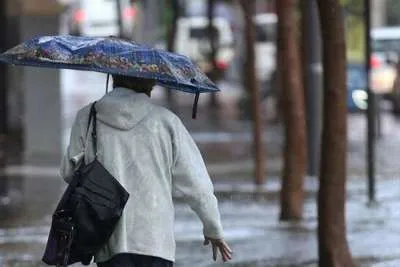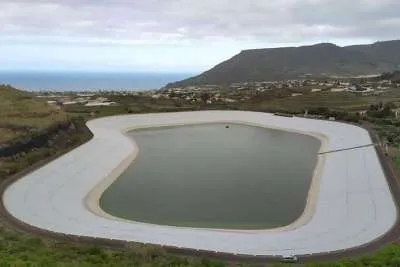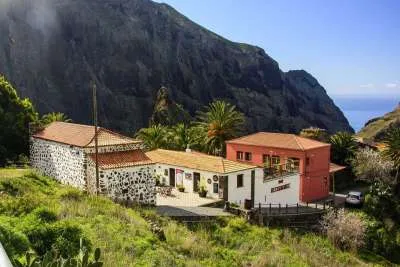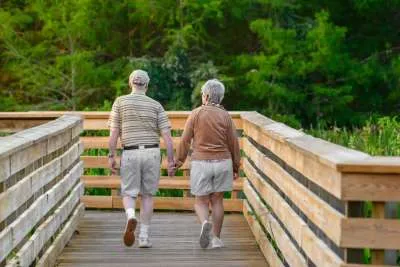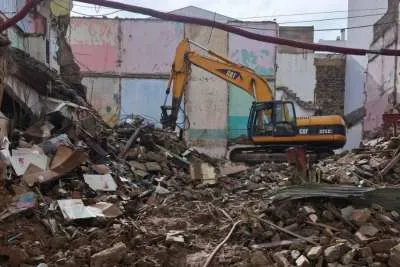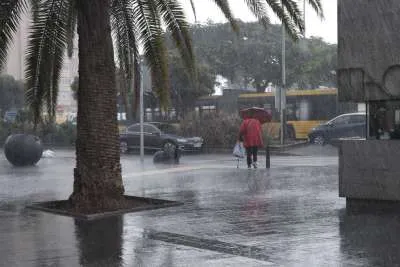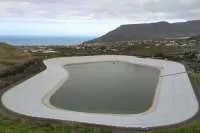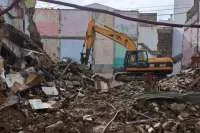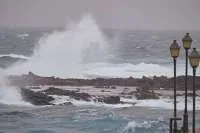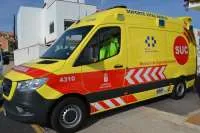Tenerife stays in Level 2 with Fuerteventura, Gran Canaria goes down to Level 1
- 30-09-2021
- National
- Canarian Weekly
Following today’s Governing Council meeting, the Government spokesperson, Román Rodríguez, and the vice president, Antonio Olivera, announced the level changes for this week, which sees Gran Canaria go down to Level 1, Fuerteventura down to Level 2, where they join Tenerife which is staying in the same level for at least another week, because the two weeks required to verify the stabilization of a downward trend in hospital pressure and occupancy, has not elapsed yet.
Gran Canaria will start in Level 1 from midnight tonight due to the improvement of the epidemiological indicators in the last few weeks, and Lanzarote, La Palma, La Gomera, and El Hierro remain in Level also.
Gran Canaria has had three weeks at Level 2, compared to Tenerife which has only had two, and hospital pressure is still the problem in Tenerife so the island is staying at Level 2 to ensure the downward trend continues.
For Gran Canaria, it now means that 12 people can meet in public and private and sit together indoors or outdoors in bars and restaurants, with a closing time of 3am.
Regarding Fuerteventura, the report includes that in the evaluation of September 23rd, the island presented an incipient improvement in transmission indicators with a downward trend that has been maintained in the last 11 days. The rates of the IA7 and IA14 have been decreasing, at an average rate of 20%, remaining at medium risk levels in the last 7 days.
The occupation of beds in hospital wards by Covid patients in the last two weeks has varied from low to very low risk, with between 0 and 4 conventional beds occupied, and between 0 and 1 ICU beds occupied (very low-risk level).
For its part, Gran Canaria presented level 1 indicators according to the CISNS criteria in the evaluation of September 23rd also, but the two weeks required to verify the stabilization of an evolution towards the reduction of the risk of transmission and the impact had not elapsed as far as hospital pressure is concerned.
In these two weeks the IA7 and at 14 have decreased at an average of 30%, and the occupancy of beds in wards has been at low risk and the occupancy in ICUs showed a downward trend in this period.
The weekly report of the General Directorate of Public Health reflects that “in the Canary Islands as a whole, between September 22nd and 28th, 578 new cases of COVID-19 have been reported, which represents a decrease of around 9% in the daily average of new cases in relation to the previous week”.
The average 7-day cumulative incidence rate as a whole and in the islands decreased by around 13.5% compared to the previous week. The daily average of the 14-day incidence rate decreases to a greater or lesser extent in all the islands and, therefore, also in the Islands as a whole (18%), and continues to be at medium risk since August 30th; only El Hierro, La Palma and La Gomera are at low or very low risk for this indicator.
Regarding the healthcare pressure indicators, it should be noted that the number of conventional hospital beds occupied by COVID-19 patients decreased by 23% compared to the previous week, with a daily average of 127 occupied beds (3% occupancy, low risk). The number of ICU beds occupied continues the decline that began five weeks ago.


